This has taken a while, but with some help from a couple of great friends, this task is nearly done.
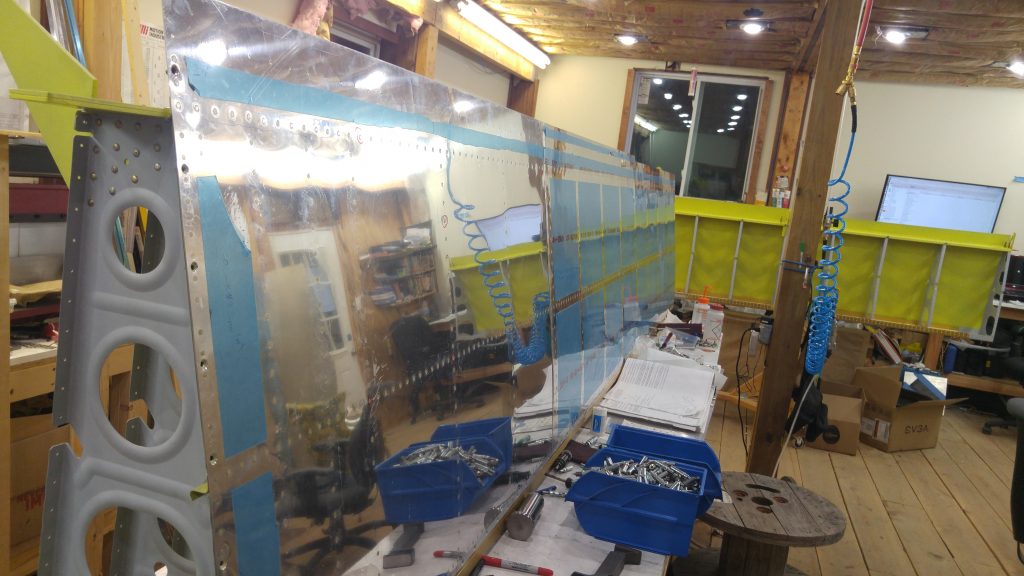
Today I started to seal the left wing fuel tank. I decided to follow the method laid out by Rick Galati at Van’s Air Force.
The method involves fay sealing surfaces and allowing the sealant to partially cure before riveting. It is supposed to be less messy, and after handling the sealant for a while, I can imagine that trying to shoot rivets with this wet material everywhere would be quite frustrating and sloppy. I masked off the area around the stiffeners to allow for easier clean-up after a partial cure. We’ll see how that works out tomorrow.
As it was, the method is (so far) not terribly messy, as long as you’re willing to sacrifice a ton of nitrile gloves to prevent spreading the sealant around too much.
Today I prepped and sealed the left wing tank inboard rib hardware (fuel flange and anti-rotation plates) and five of the fourteen tank skin stiffeners. I could have done more, but had only mixed 55g of the sealant (50g Part A : 5g Part B). That was just exactly enough for the pieces I worked on today. Perhaps I could have been a little less generous at first and got another stiffener or maybe two, but it looks like you need about 10-11g of sealant for each stiffener, including losses to the pot and gloves, etc.
When I opened the can, my first thought was: “Wow, that’s a polysulfide!” And sure enough, it is, according to the manufacturer. It has a rather rich aroma.
Here’s what I accomplished today. More tomorrow.
I finished replacing the rivets in the inboard aileron bracket on the left wing that I mentioned in my last post. They look much better now, and I will not be worrying about them anymore. It is amazing how thinking about these has actually slowed me down for a while, until I finally just got up the nerve to drill them out and replace them. I have replaced other rivets before, but I was nervous that in drilling these out, I would damage the aileron bracket and have to build it all over again. I just jumped in and did it this evening with no issues. Glad that is behind me!
After that, I clecoed the top skins to the left wing and prepped it all to begin riveting as soon as I can get a helper.
Yesterday I completed the right wing leading edge, cleaned up some shop area, moved the tail cone to a better storage location, and then made a test fit of the left wing leading edge to the main spar. The fit looked good.
I have one rivet I need to drill out and re-set on the left wing rear spar, and then I will begin the top skin riveting process.
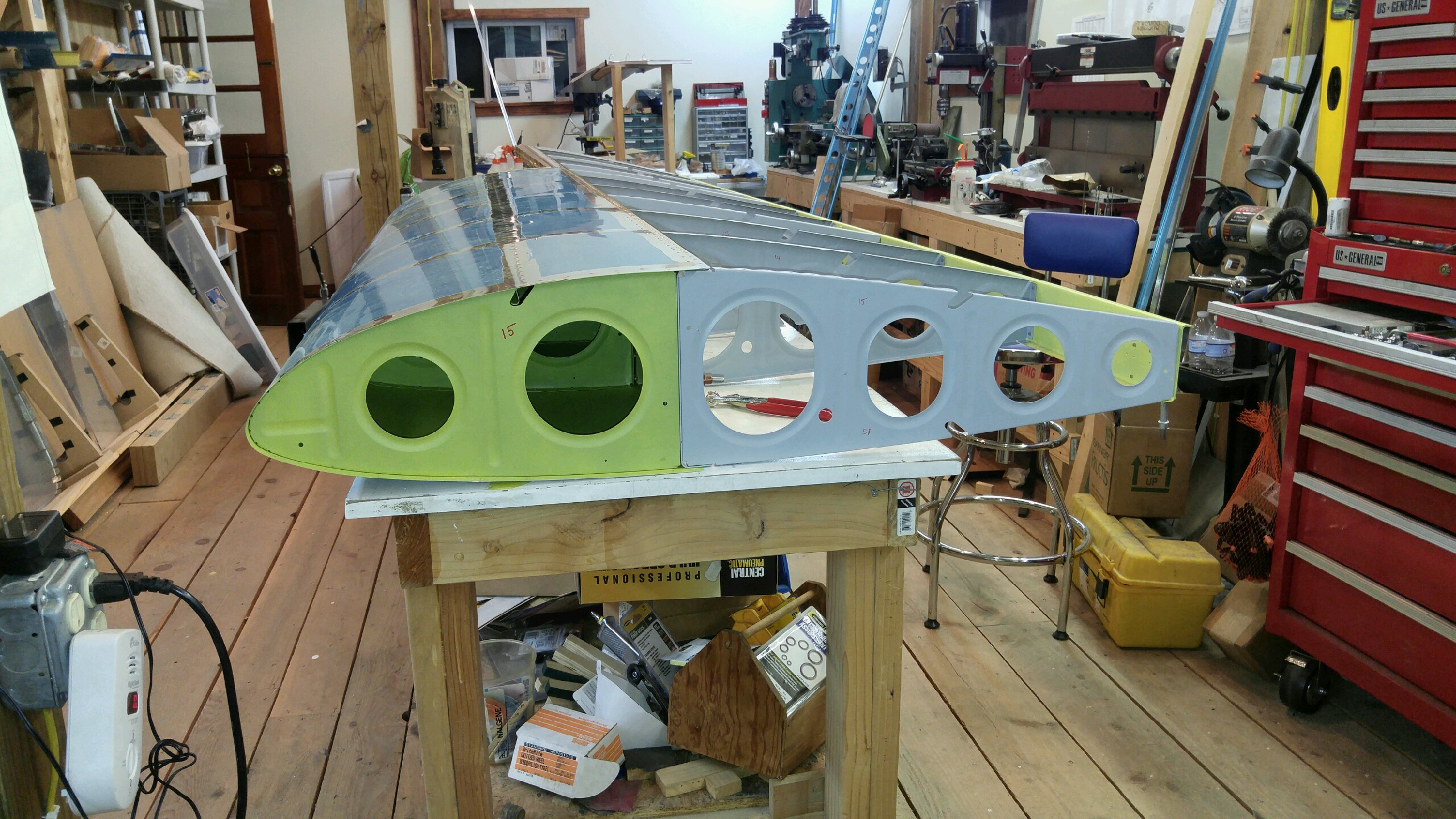
Long time, no update. Rest assured, work has been progressing!
Today, after a long preparation period that involved tons of part finishing and priming (and receiving and inventorying the fuselage kit), I began final construction of the major sub-assemblies of the wings. 8 hours of work later, I completed assembly of the left wing leading edge assembly. Tomorrow I plan to complete the right wing leading edge assembly, and possibly begin main wing top skin riveting. Or maybe fuel tanks.
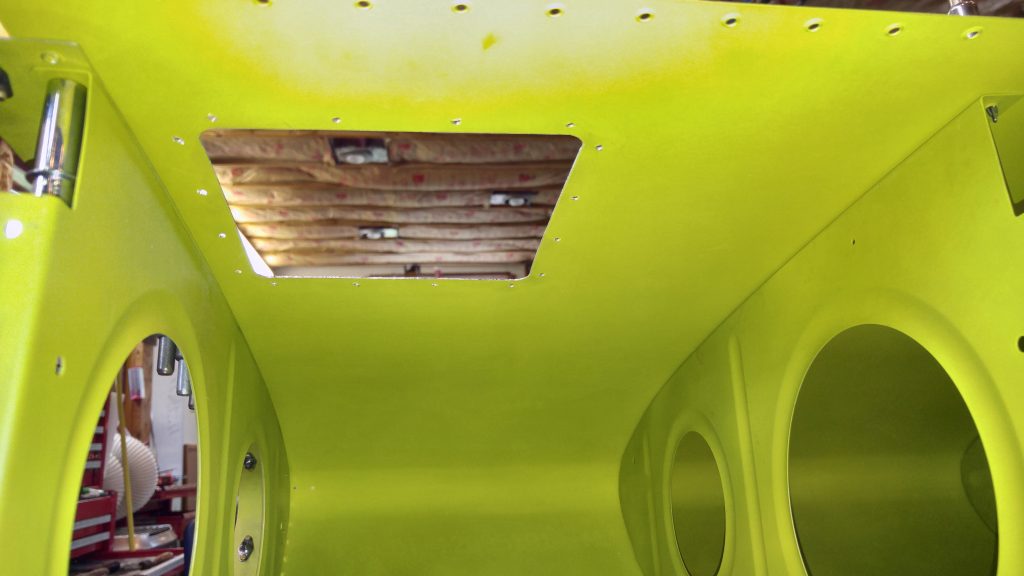
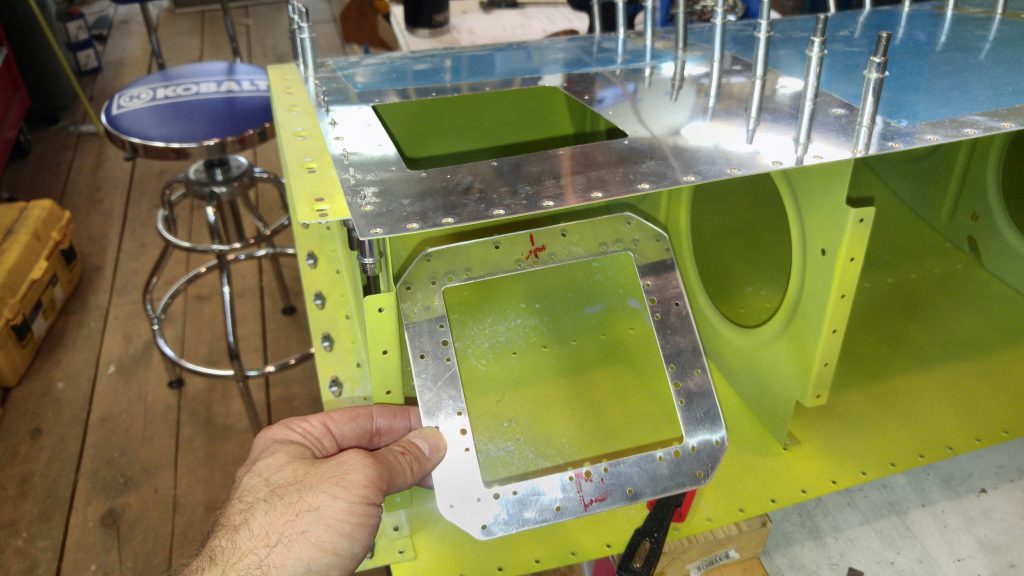
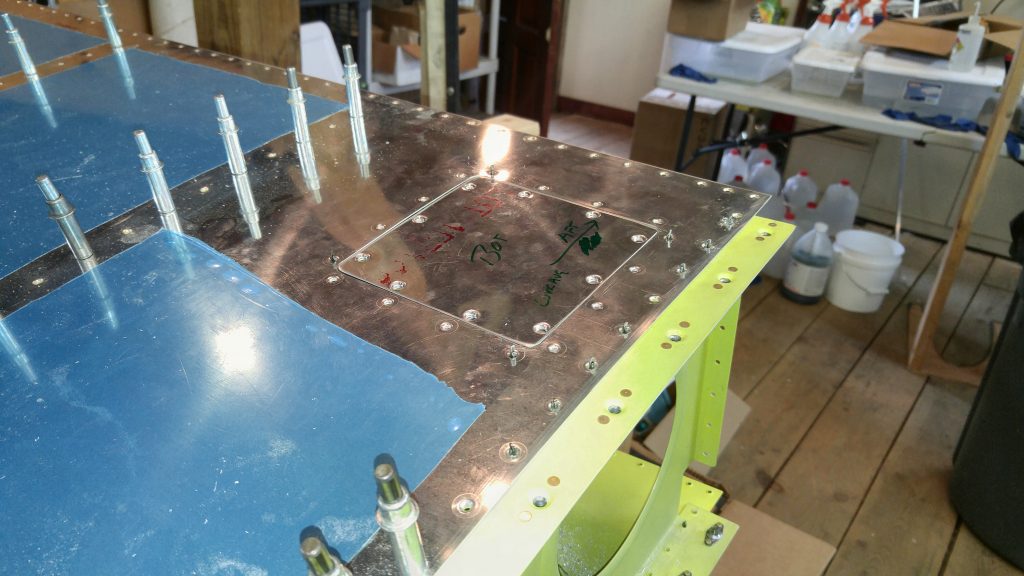
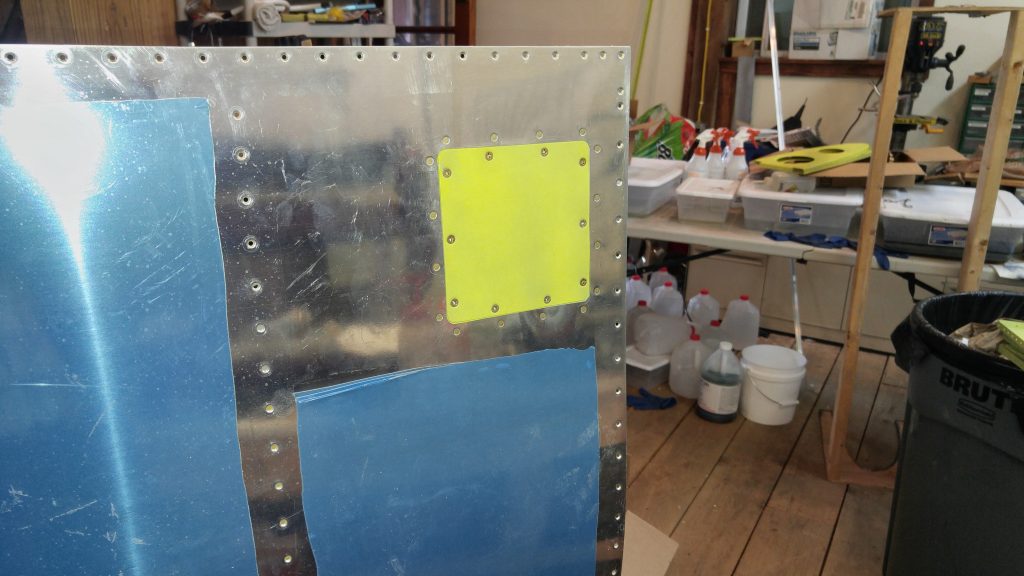
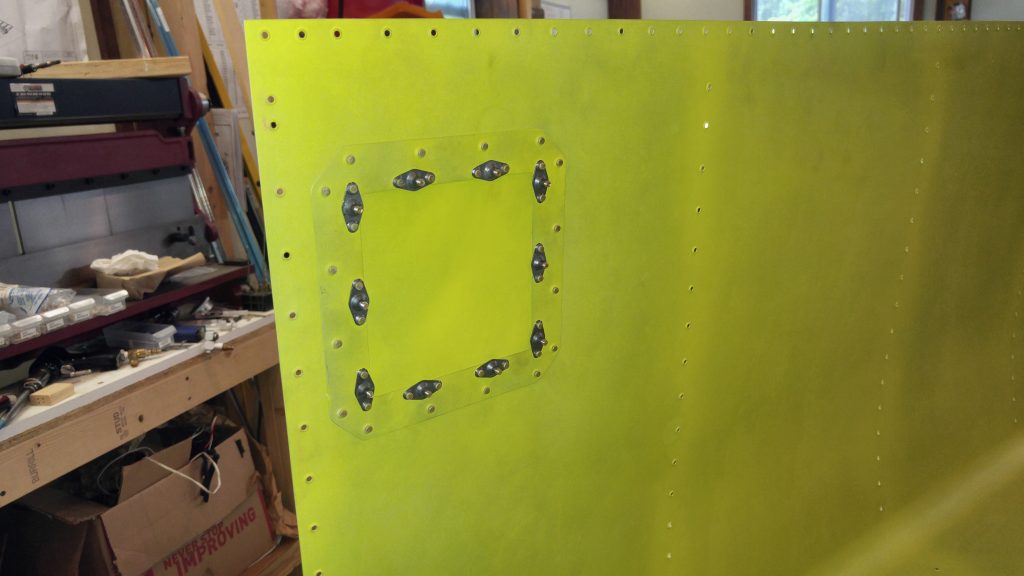
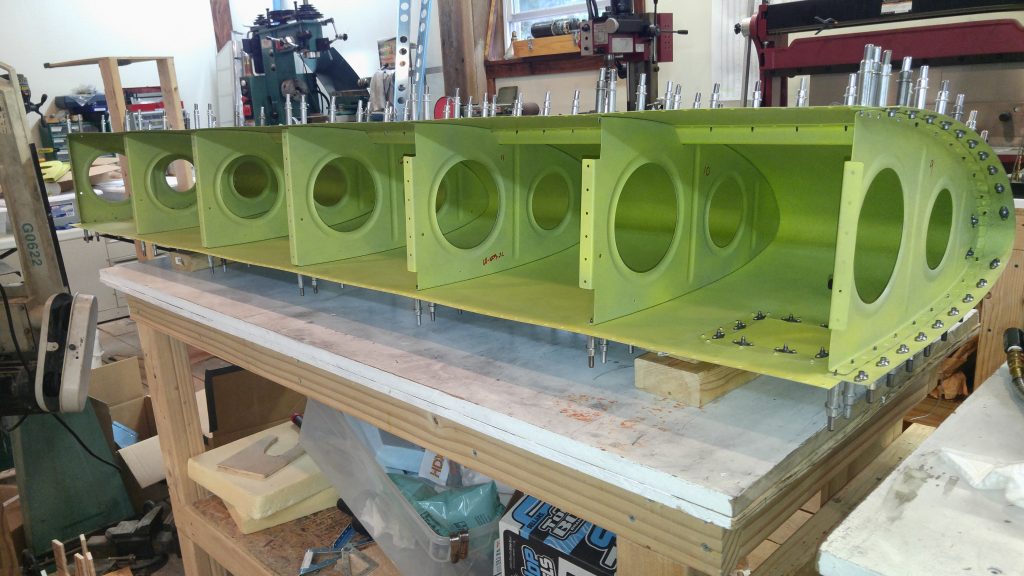
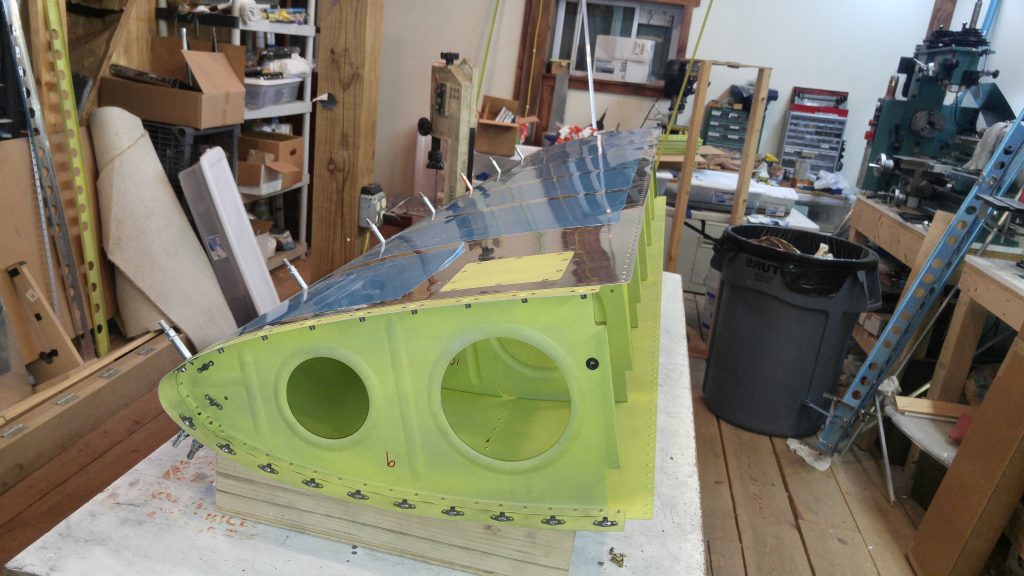
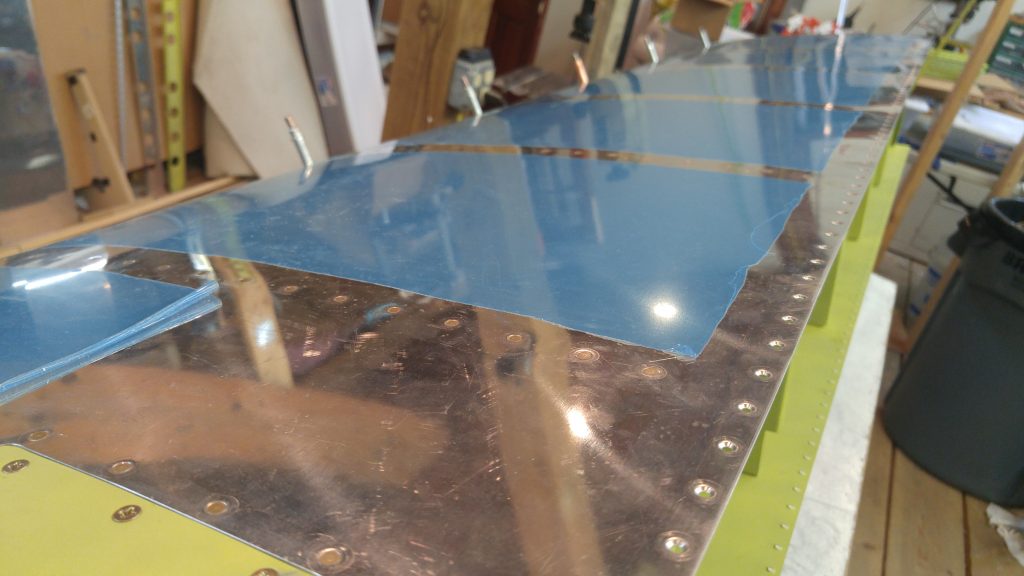
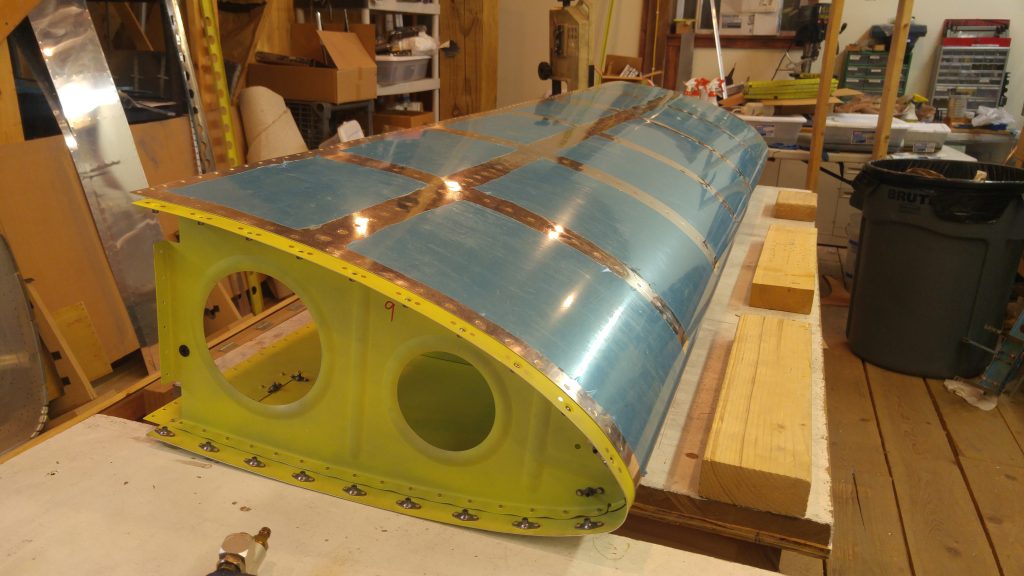
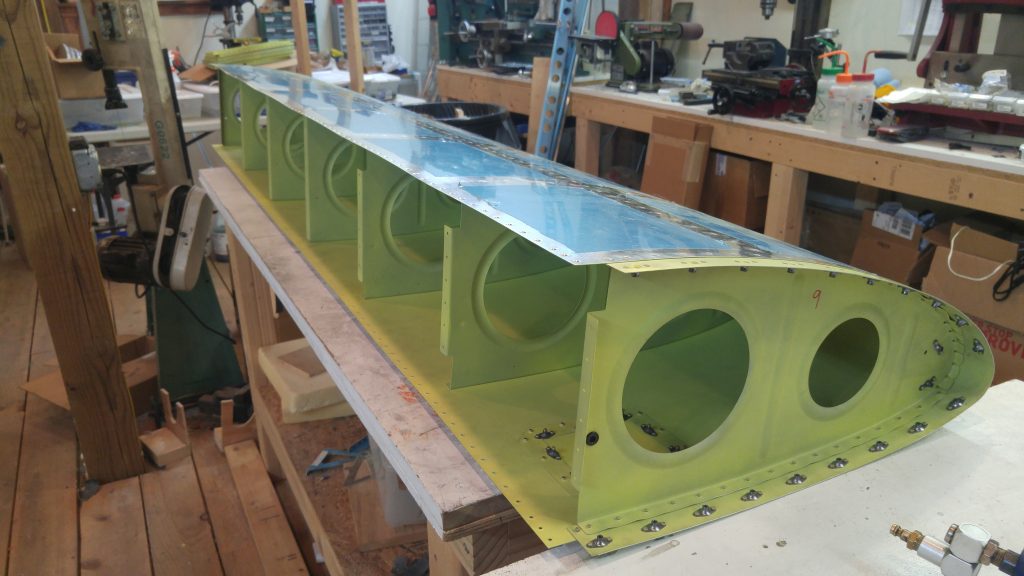
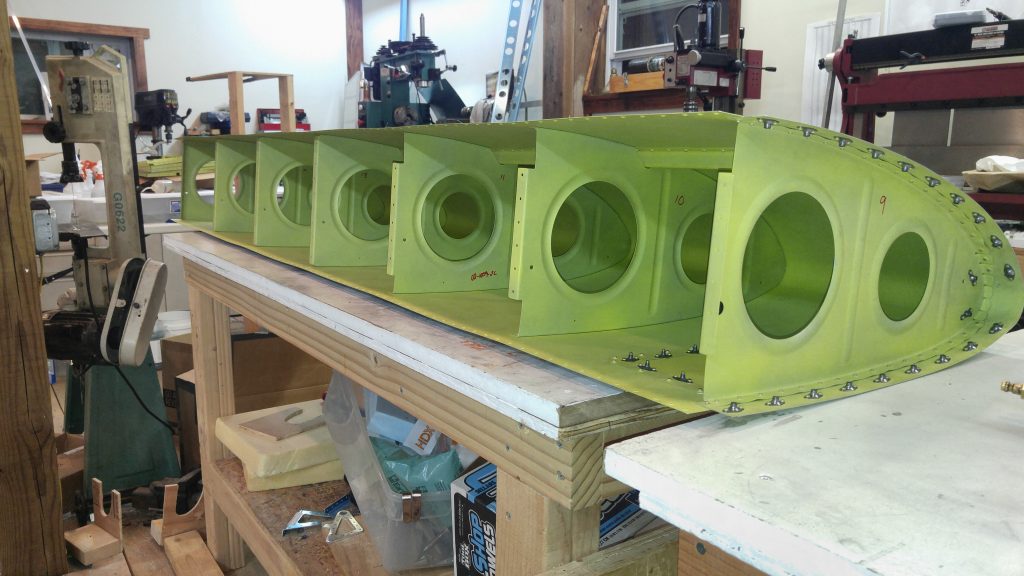
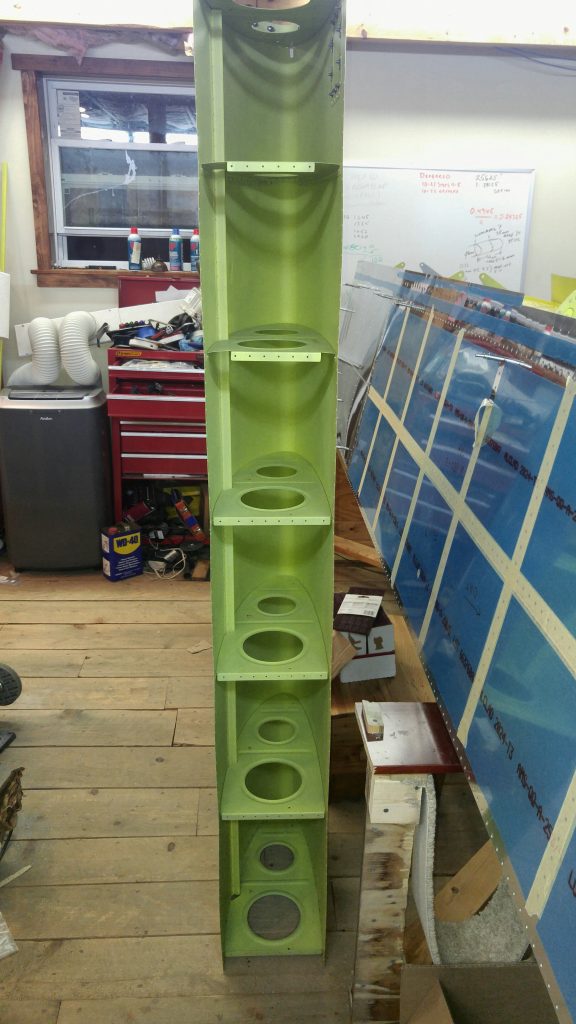
I completed the fuselage kit inventory today. Just a few discrepancies to correct. E-mail sent to Van’s, and I’ll be on my way!
I decided to use the Cee Bailey’s windscreen and windows, so I deleted those from the kit. Also, I deleted the Van’s aluminum heater boxes because I intend to use the stainless heater boxes.
I am very excited to begin the fuselage construction phase, but I still have some work on the wings to complete before I can really dive in! I have been making slow but steady progress on the wings, but I hope (and think) I can really accelerate things soon.
I see I have been getting a lot of hits here recently. I understand Dave Ruhf has posted a link to here on his Facebook page. Thanks to Dave and to all of you who are visiting from his link. As some of you know, I gave up on FB and social media in general back in 2012 or so. I’ve found I am a lot more productive and less stressed as a result!
My best wishes to you all!
Again, please consider a donation to Aerobridge, the charity that organized the effort I took part in in Florida. They are continuing the good work in the Caribbean, particularly in the VI and Puerto Rico.
Also, please consider Patient Airlift Services and Angel Flight East, two other worthy aviation related charities that provide medical and compassion flights to patients and their families who must travel long distances for medical treatment, but for financial or medical reasons, cannot travel via commercial airline.
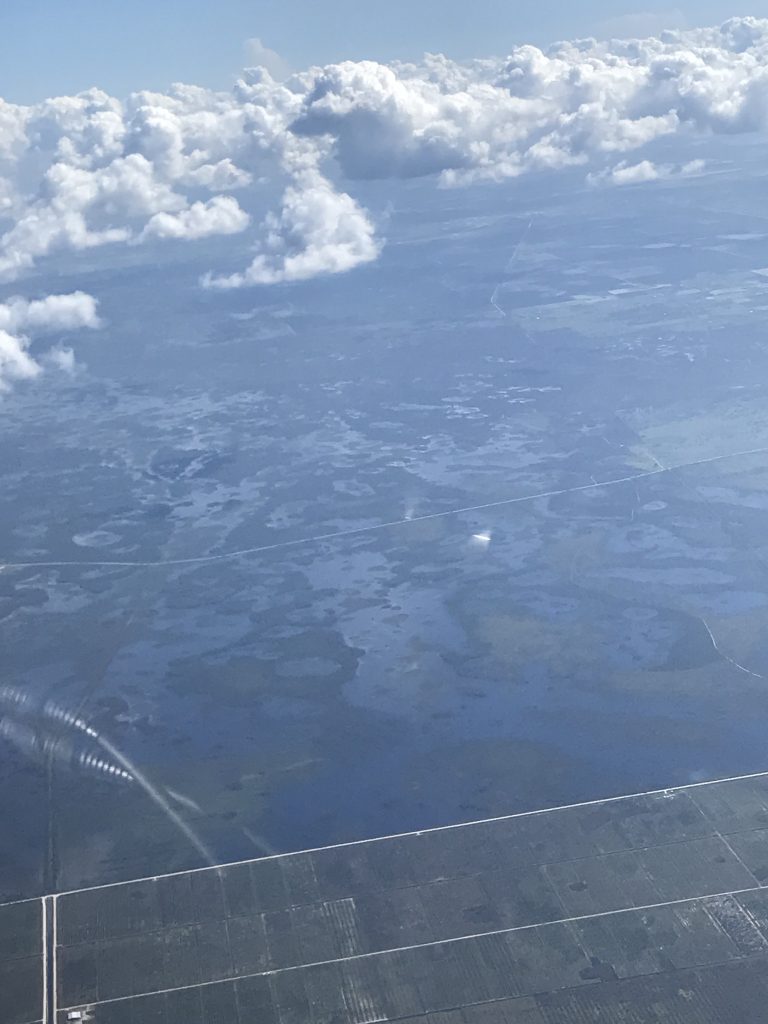
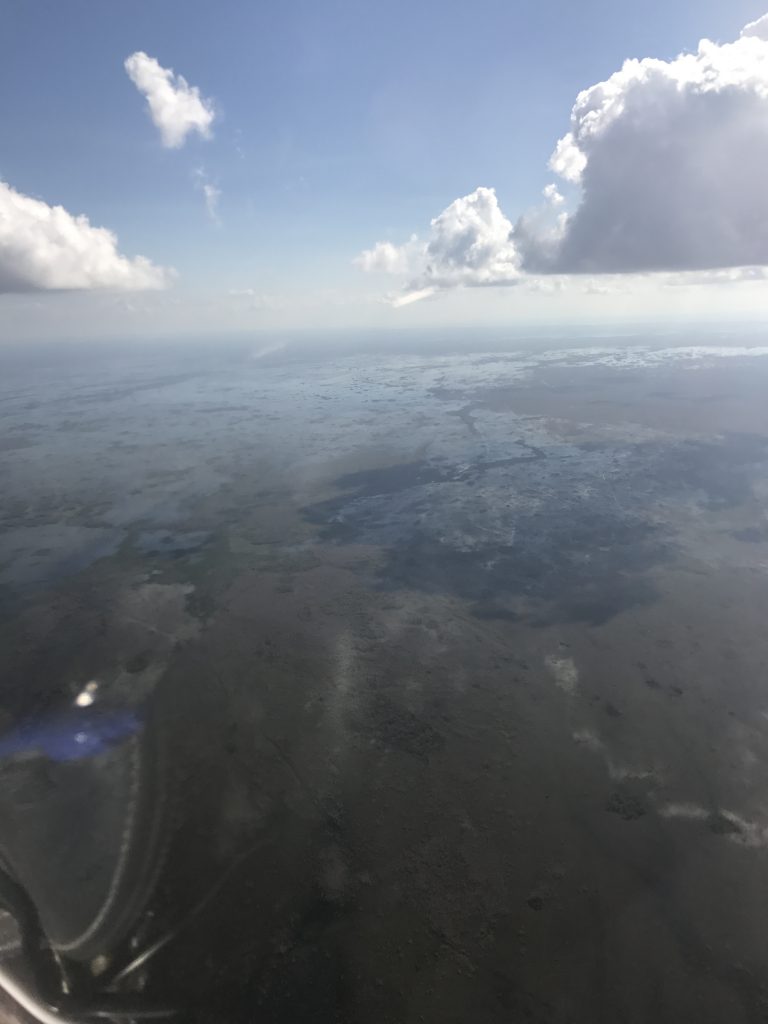
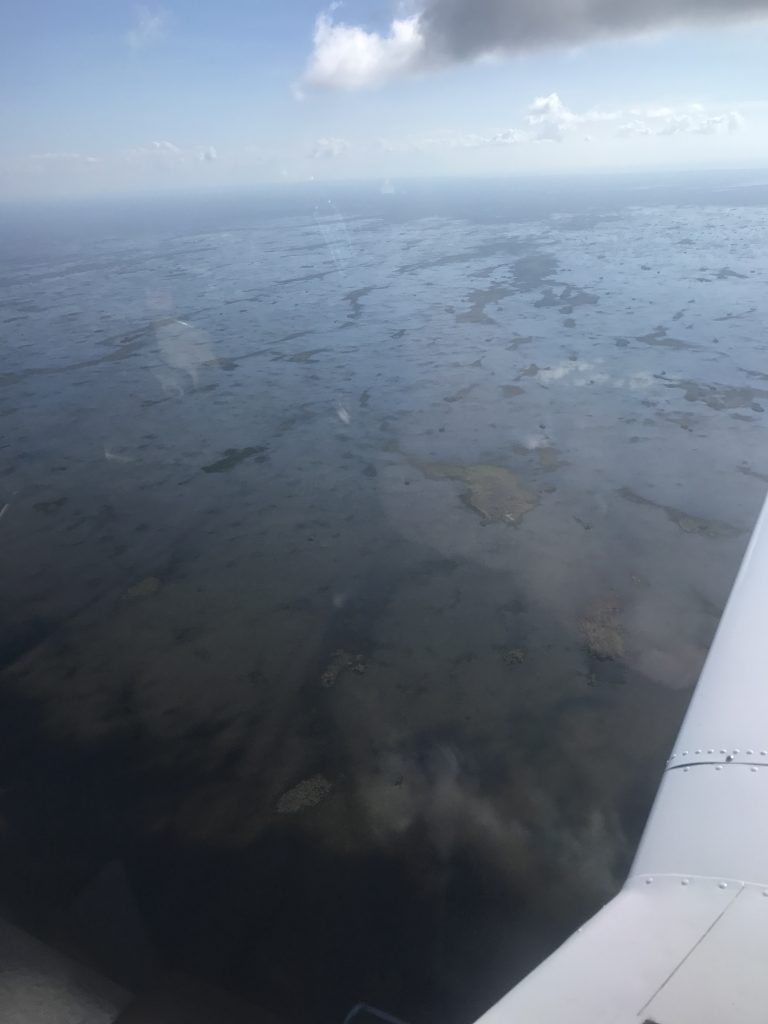
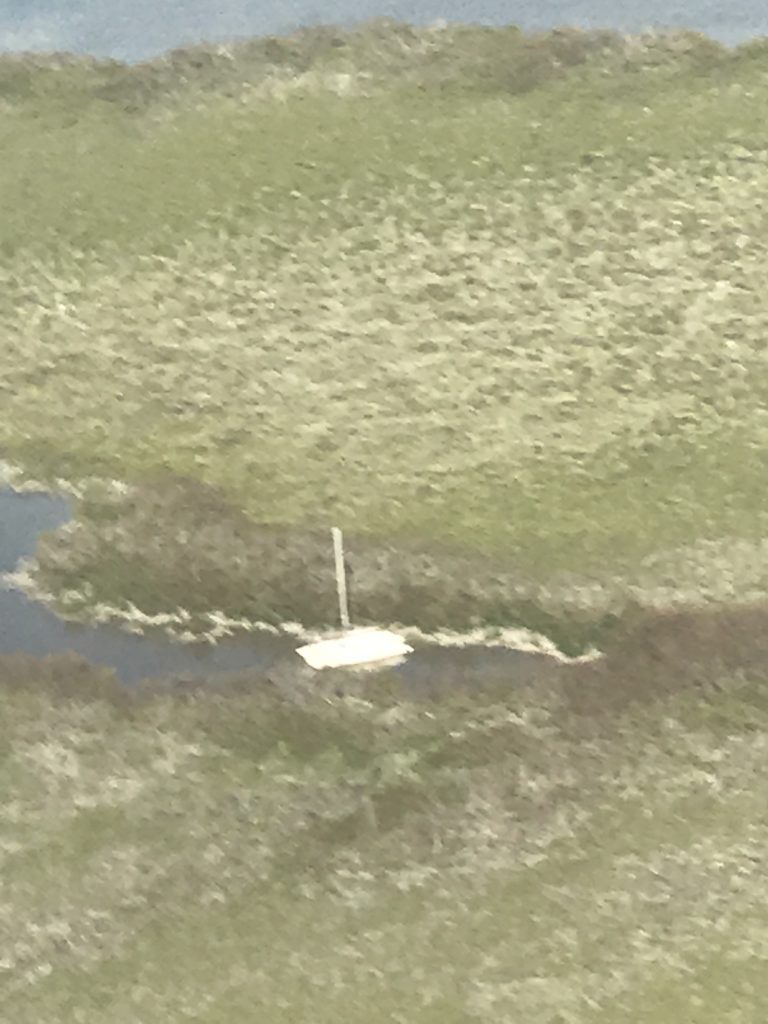
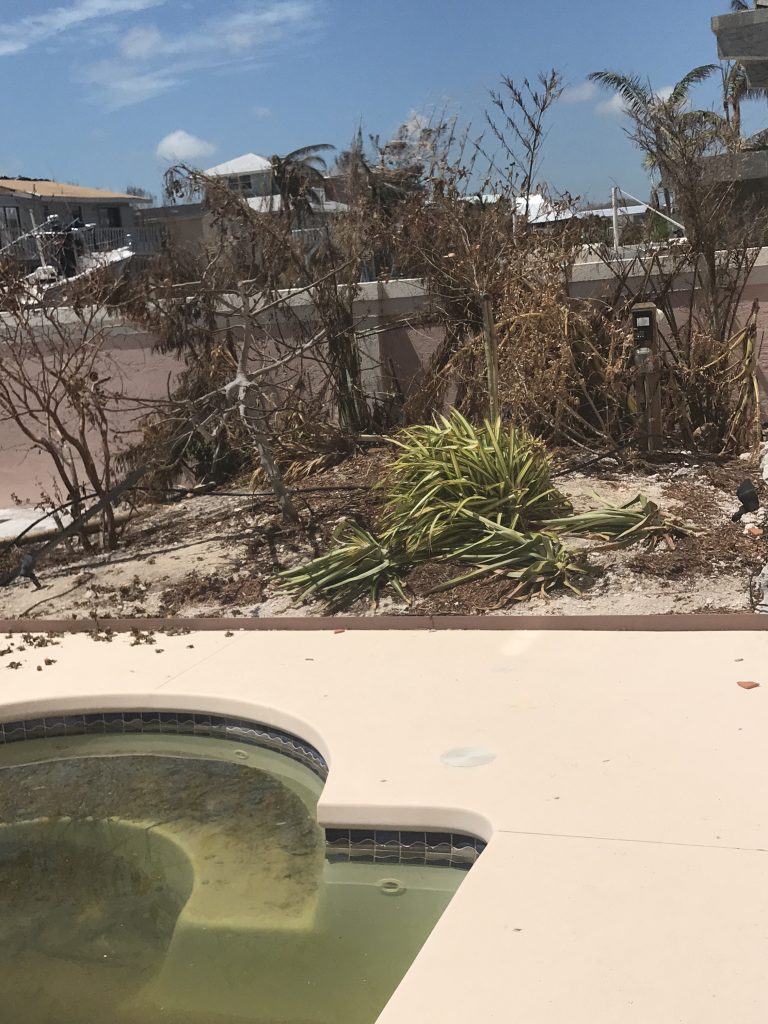
I filed the flight plan for the first leg of our trip to Florida to Aiken, SC. Nothing particularly recommended it to me other that its convenient positioning south of Charlotte and its relatively inexpesive fuel. My copilot Scott had called ahead to ask about fuel and services and returned with a positive report.
We were a bit late in leaving Beaver so we got here in the late evening. That’s when the brightest lights in Aiken came out. I found out that Aiken normally is unstaffed afte 5 p.m. Because we had filed as a Compassion Flight, the staff at Aiken decided to stay to help us out!
Gary, Tessa, and Connor were here to help and they really meant it. They thanked us for coming to help with the hurricane relief efforts and made me feel like i had better do my best, because they did theirs for us.
When we arrived we weren’t sure what our next action would be so we headed to the flight planning room and had a look at the weather. Unfortunately there was some uninviting radar between us and Ocala. We discussed our options and eventually settled on staying at Aiken. Part of that decision was made based on the costs of staying overnight at our other potential locations. Aiken was going to be the most cost effective.
The downside was that the hotel was about 20 minutes away from the airport so we would have to hire a cab. The Aiken staff were prepared and Connor offered to drive us to the hotel in his own car. When we asked about places to eat, they explained that there really wasn’t much within walking distance of our hotel.
Connor, who studies accounting here, handled that by suggesting a good local place he likes to go and offering to drive us there. “Grumpy’s,” a sports bar with an impressive draught list and an outstanding briaket sandwich, was just the place we needed. We ended up having dinner and chatting with him for a while. Interestingly enough, Connor had found himself in Aiken because of his love of the sport of polo, which is a big thing here. Connor is also a pilot and showed us some pictures of his recent trip to Alaska with his uncle and grandfather in an A36 Bonanza.
Amazingly, and in a stroke of real “small world!” serendipity, Connor had once spent time at the Darlington Polo Club near our own Beaver Falls. We spent time learning about polo and how one gets involved in the sport. We also learned (or at least had confirmed to us) that “they do things differently in Darlington.”
After a great dinner, Connor drove us back to the hotel. We wish him the best of luck in his education and future! And thanks to Gary and Tessa for their friendly and dedicated services too. I would certainly recommend Aiken as a waypoint for any air travelers.
Today I spent a lot of time deburring and dimpling the right wing tank skin, stiffeners, and associated parts. I also found that the DRDT-2 works better for screw hole dimpling than the pneumatic squeezer did, so I ran the left wing tank skin back through the screw hole dimpling process, and the holes now look much crisper.
I also got a very nice surprise when Mom and Tim showed up unannounced for a visit and gave me a great little chest that Tim made for me in his wood shop. I’m going to come up with a good use for it that will not damage it. Tim said I should keep it in the workshop but I want to make sure I don’t get it dirty or scratched or damaged in other ways. It really is a nice piece of craftsmanship!
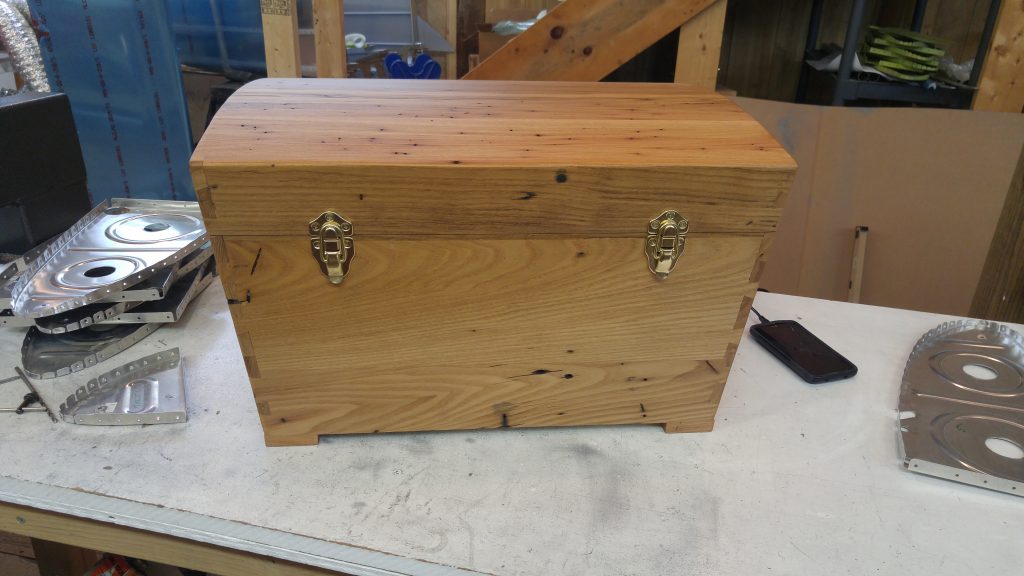
It is made of wormy chestnut, which is really pretty. I think it is finished only with linseed oil. The aroma is very nice, and I like the natural finish.
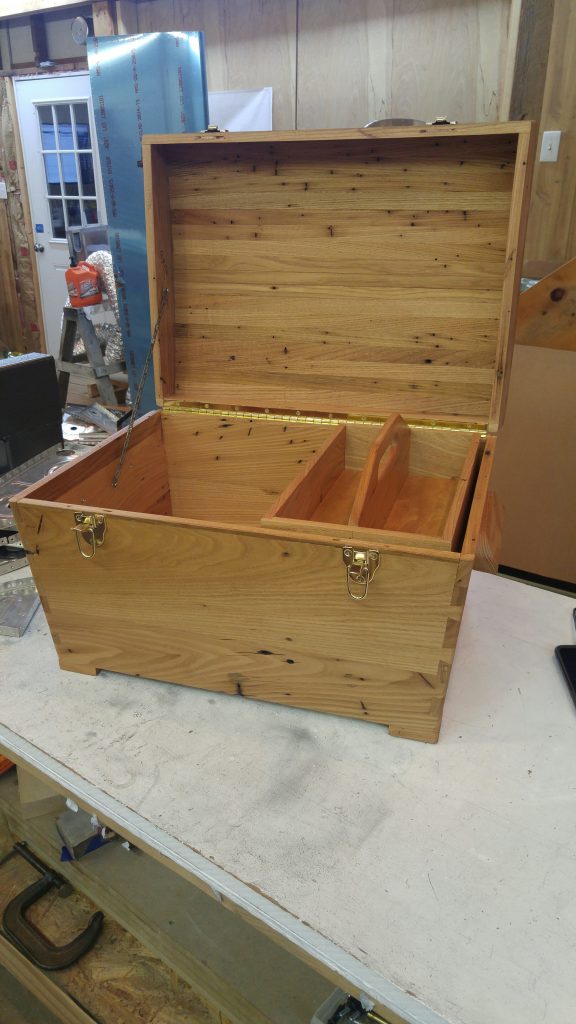
I got this beautiful 75 gallon aquarium from Larry, who did not have room for it anymore. I got it set up and hope to add more fish to it soon. Right now there is a single Labidochromis caeruleus in there, but I don’t think it’s visible. Reading up on optimum cichlid population density, it looks like I’ll be able to fit about 25-28 average size fish in there. Because of the African Cichlids’ behavior patterns, it is better to have a high population density to minimize aggressiveness. I intend to go with Lake Malawi cichlids. In the past I had mostly Mbuna type fish from that lake but I may go with a different sort this time. The Mbuna tend to be a bit more aggressive and root up plants and such.